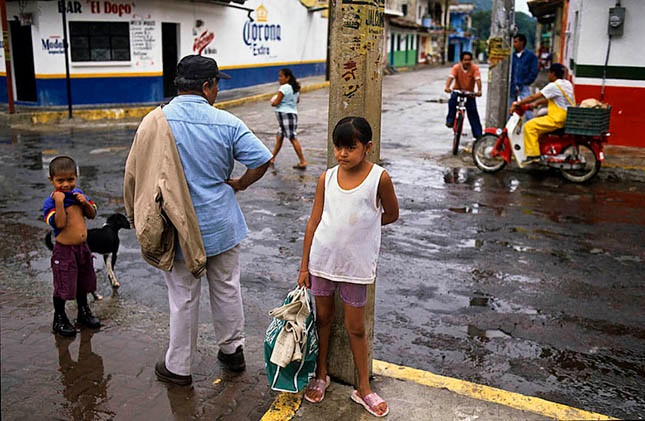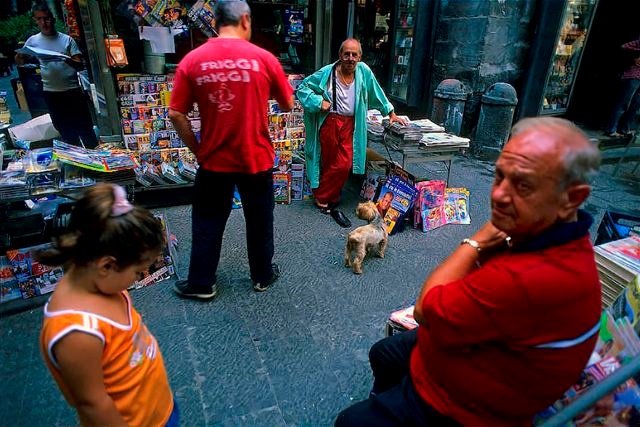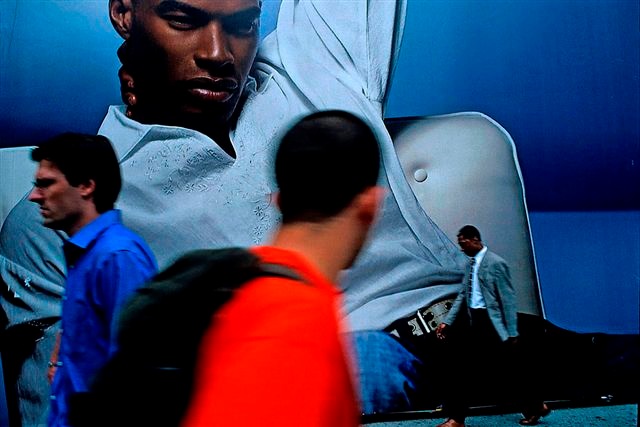The Dos and Don’ts of Street Photography
Though people tend to underestimate the art of street photography, it is quite a complex style that requires some rules to be followed. It isn’t easy to capture life in all its honest glory outside the confines of a studio with all that fancy equipment. Street photography requires a certain set of skills. So, for anyone stepping out for a photography adventure on the streets, here are a list of dos and don’ts.
Dos
1. Respect privacy: Privacy laws vary from country to country. So, enquire about the laws in your region before you start shooting. Even if your laws allow public photography, make sure you respect the person or the subject’s right to privacy. Get their permission before you shoot. If you need to shoot a subject doing something specific, then shoot first. You can ask for permission afterwards.
2. Blend in: Street photography is best done in areas where you can capture a lot of action and emotion. Make sure you blend in and try to be subtle. When people become aware of your presence, their behavior is bound to change. This is the exact opposite of what you would want from street photography, which is to capture subjects in their natural state.
3. Take wide shots: Wide shots are best suited for street photography. They allow you to focus on the subject and also let you capture the background to add context. A 35m to 50mm lens is best suited for such occasions. The small lens allows you stay inconspicuous and gives you more room to move towards the subject without disturbing them.
Don’ts
1. Avoid looking obvious: When you’re shooting in the city, you run the risk of getting mugged for your expensive equipment. So, make sure you do not carry too many accessories or show off the brand of your camera. Try to be as normal as possible.
2. Don’t stalk: Do not stalk or run after a subject for a photo, no matter how much you want to shoot them. You can always find a newer and better subject, but respecting people is more important.
3. Do not be slow: Street photography is all about speed and opportunity. The whole purpose here is to capture a defining moment. Learn to spot an opportunity and be prepared before it happens to capture it immediately. A second’s delay can ruin the true purpose of the picture.




No Comment